After the recent exhibition on Hellenistic bronzes comes another exhibition on Hellenistic art. The focus is Pergamon, capital city of the Attalids, who ruled over one of the monarchical states – all resting on a foundation of armies, court, and taxation – which emerged after the death of Alexander the Great. Millions of tourists have passed by corners of Athens which are forever Pergamon: the Stoa of Attalos in the Agora, or at the entrance of the Acropolis, the huge base which once bore the statue of an Attalid ruler and his chariot.
The Attalids were not Macedonian aristocrats, unlike the big beasts of the Hellenistic age: the Ptolemies based in Egypt, but ruling parts of western Asia Minor and the Aegean up to Thrace; the Seleucids whose dominion stretched to eastern Iran and the Oxus; or the Antigonids who, from Macedonia, conducted aggressive policies in southern Greece and the Aegean. The Attalids, if not as ‘bourgeois’ as sometimes said (this exhibition should put paid to that notion), were small-time johnny-come-latelies, a subordinate principality under the Seleucids until Attalos I proclaimed himself king during the troubled 230s BC. In addition to defeating his former Seleucid overlords, he repelled the Celts installed in Central Anatolia: the famous ‘Dying Gaul’ known from Roman copies was originally part of an Attalid victory dedication. The Attalids’ great stroke of luck was their support for Rome; in reward, they received plundered art from Greece (in 207 and 146 BC), and, in 188 BC a huge portion of Asia Minor, whose proceeds funded the embellishment of Pergamon. The shrines on the city-hill were part of this new urbanism, especially the ‘Great Altar’, a colonnaded precinct surrounding an elevated courtyard, and decorated with a huge Gigantomachy frieze.
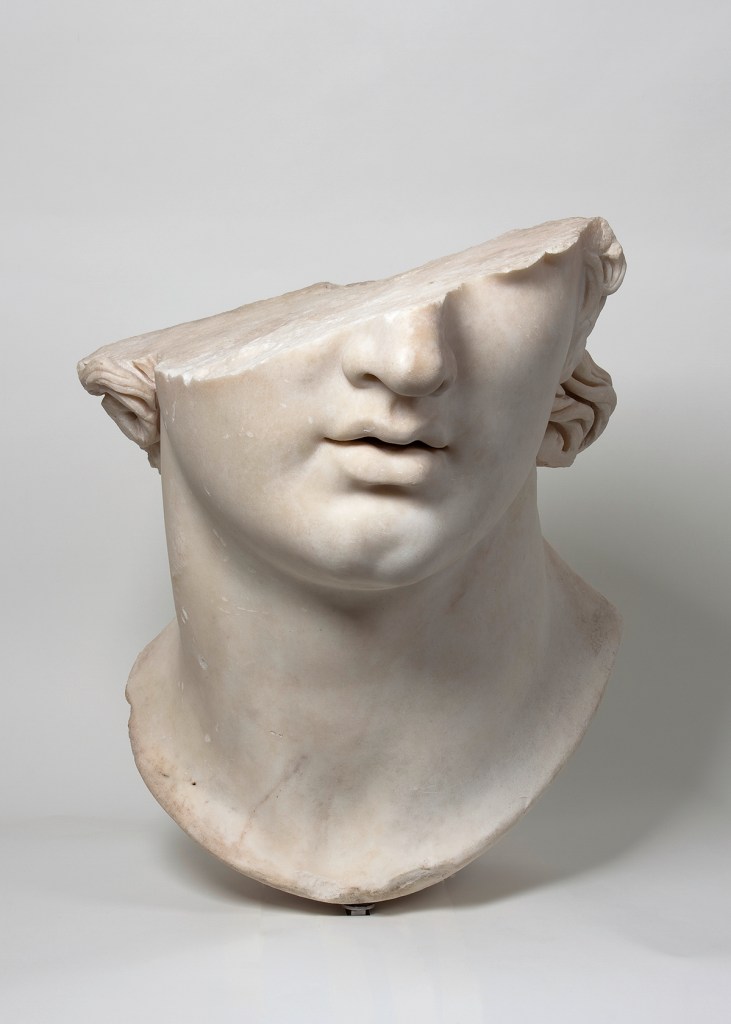
Fragmentary Colossal Head of a Youth, from the gymnasion at Pergamon. 2nd century BC, Greek. Antikensammlung Staatliche Museen zu Berlin
The frieze, discovered between 1878 and 1886, at the start of the still ongoing German excavation, is housed in the Pergamon Museum in Berlin; extensive renovation work has enabled the travel of Pergamene material to New York. If the Gigantomachy is represented only by fragments, the akroteria from the Great Altar illustrate its aesthetics of pathos and ornament, in contrast with the classicism of the interior frieze representing the myth of Telephos (son of Herakles and ancestor of the Pergamenes). Some of the works are stunning: the newly restored statue of Athena (the biggest object in the exhibition) or the fragmentary colossal head of a youth (part of a tondo), whose broken creamy countenance acts as the figurehead for the whole exhibition. The Athena comes from her shrine; the colossal head from the gymnasion. The exhibition should have provided more maps to locate these statues in their monumental contexts: the showcase urbanism of Pergamon is the whole point of the exhibition, and the articulation of the parts is instructive on the nature of the Pergamene state, as well as its claims to status and power in a world reshaped by Roman intervention. The clever use of 19th-century paintings and modern digital reconstructions does not quite compensate for the lack of maps, especially since sculpture from the all-important gymnasion is shown in different rooms.
The exhibition adds much more to its purview, drawing on museums across the world, and the impression is rather like wandering in the plates section of a book on the Hellenistic world: the Darius Crater (Naples); countless images of Alexander; a marble head of Pompey with his Alexander-style hair (Copenhagen); the striking bronze head of a man wearing the kausia, the Macedonian beret (one of several bronzes recently found near the island of Kalymnos). But the kausia-wearer (exposed at an unflattering angle) has nothing to do with the Attalids, and may belong to a Seleucid high official. These artefacts come from different worlds, with their own histories and material records – pre-Hellenistic Macedonia; Alexander’s campaigns; the different kingdoms; the world of the city-states – represented by a 2nd-century BC Panathenaic amphora, a reminder of the cultural and festival life of Athens among many other cities; and Roman reception. An approach centred on artworks rather than context reveals the limits of the encyclopaedic-museum concept.
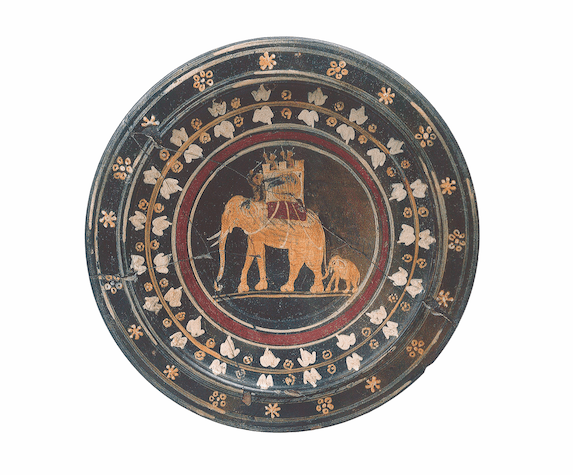
Plate with elephants, 3rd century BC, Greek (discovered in south Italy). Museo Nazionale Etrusco di Villa Giulia, Rome
But these worlds were not separated into water-tight compartments: the great kingdoms competed with each other and objects, concepts, and artists travelled. Jeffery Spier has reminded us that the same gem-cutter probably worked for the Seleucid ruler Antiochos III and for a wealthy, politically active family in early 2nd-century Athens. And the connections are there to be made. For example, a south Italian dish representing one of Pyrrhos’s war elephants (and an elephant calf) is juxtaposed with a terracotta from Asia Minor showing a war elephant overcoming a Celt with sword and shield. A Celtic shield is also represented, alongside a slashing sword, on the victory reliefs from the shrine of Athena, showing weapons taken from the Attalids’ enemies. The rich decoration on naval spoils alludes to the wealth and refinement of the Seleucids and Antigonids. The feathered chamfron, horse-armour, and studded chariot-wheel reflect the Achaimenid heritage of the Seleucids. The swastika and geometric decoration on a cuirass might point to a Central Asian origin. Careful detail combines with expressive verve: the chamfron is set at a jaunty angle above the haunting eyes of a cavalry mask-helmet lying on its side; the visor of another upturned helmet looks like the face of a fat bird.
This visual playfulness makes a broader point about the unity and experimental exuberance of Hellenistic art, across kingdoms and across the divide between kingdom and city. This exuberance grew out of a confluence of factors: the expansion and refinement of visual vocabularies in the late classical period (c. 350 BC); patronage from the competing Hellenistic courts; the consumption of art, monumental and minor, by the denizens of vigorous and networked Greek city-states. A more general factor might have been the confidence imparted by a historical sea-change: the conversion of Greek culture from one of many idioms in a classical world dominated by the Persian empire into the language of a dominant, quasi-colonial group present from Sicily to Central Asia. Carl Humann, the first excavator of Pergamon exclaimed: ‘We have rediscovered a whole artistic epoch!’ This old idea receives new invigoration in the Metropolitan Museum’s Tisch Galleries.
‘Pergamon and the Hellenistic Kingdoms of the Ancient World’ is at the Metropolitan Museum of Art, New York until 17 July.
From the July/August issue of Apollo: preview and subscribe here.
Unlimited access from just $16 every 3 months
Subscribe to get unlimited and exclusive access to the top art stories, interviews and exhibition reviews.

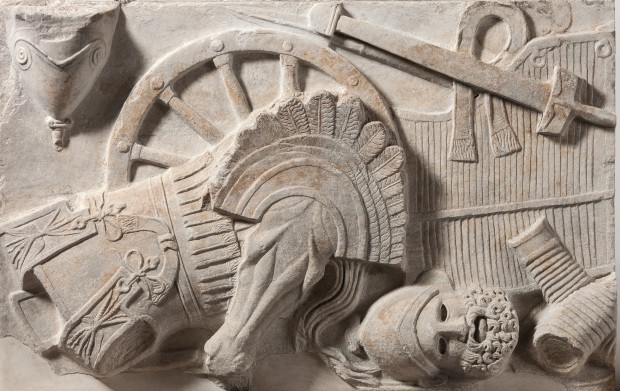
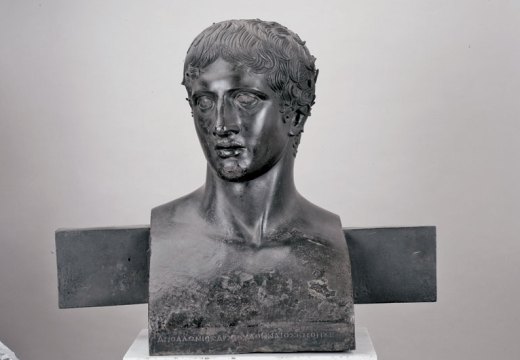
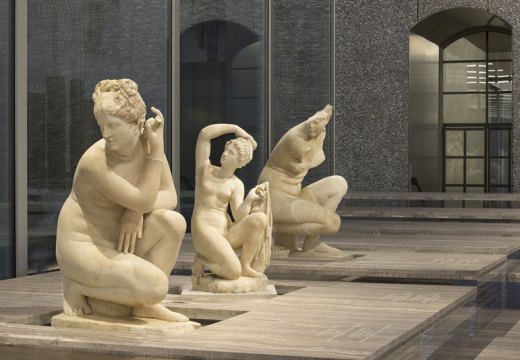
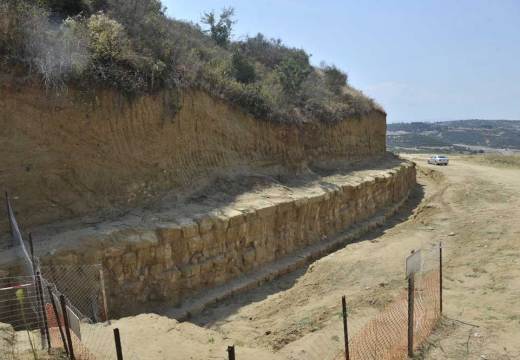









![Masterpiece [Re]discovery 2022. Photo: Ben Fisher Photography, courtesy of Masterpiece London](http://www.apollo-magazine.com/wp-content/uploads/2022/07/MPL2022_4263.jpg)
It’s time for the government of London to return to its rightful home